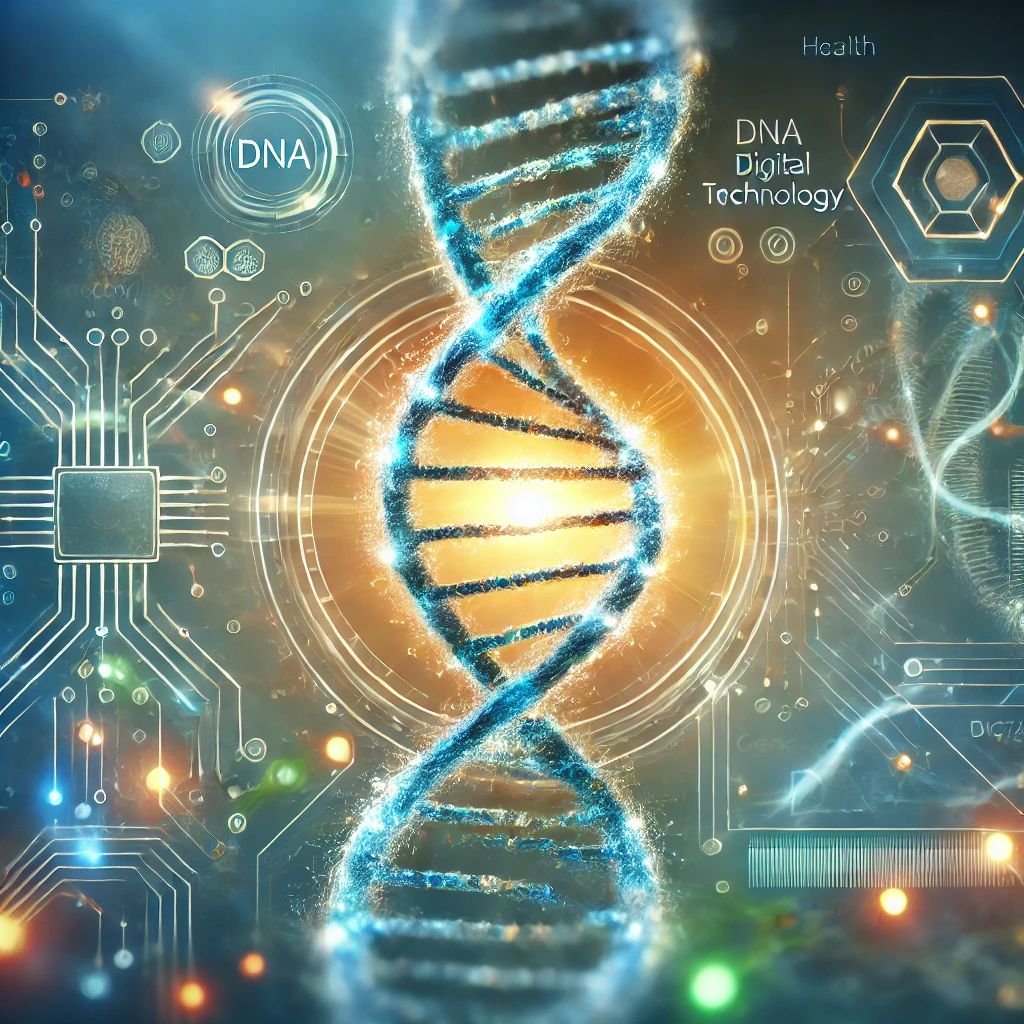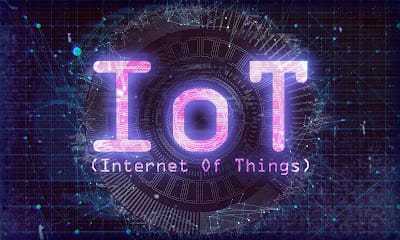Genomics refers to the study of genes. Your genome is found in nearly every cell in your body. It contains all the genetic information you need about your body. It can be used for disease prediction, diagnosis, and treatment. The use of genomics in healthcare will grow exponentially over the next few years. This allows for a more personalized approach to healthcare, where patients are treated according to their unique genomic information and not by the standard approach currently being used. Genes and chromosomes organize your genetic material. Genes are composed of DNA, a code/language represented by the letters A-T-C-G, which corresponds to four chemicals. The order of this code may differ from person to person, but it is what distinguishes us.

History of Genomics
The first DNA was isolated in 1869. Technological advances occurred in the 1950s with radiolabeling of biological molecules and isotope creation. In 1953, scientists James D. Watson (and Francis H.C. Crick) described the structure of the DNA helix. The history of modern genomics began in the 1970s when Frederick Sanger sequenced the first genome. In the early 1970s, he sequenced the genomes of a virus as well as a mitochondrion. Walter Fiers is another scientist who played an important role in modern genomics. In 1972. The National Institutes of Health and the United States In 1990, the Department of Energy launched the Human Genome Project. This group was formed to discover the genetic causes of diseases and develop treatments.
The best types of Genomics
It is being used for many purposes by people. These are some examples of different types of genomics.
Functional genomics: This project aims to use the wealth of genomic data (such as genome sequencing), to describe the functions, interactions, and relationships of genes and proteins.
Structural genomics: The goal of this project is to describe the three-dimensional structure and function of every protein encoded in a particular genome.
Epigenomics: is the comprehensive study of epigenetics. Epigenetics is the study of how gene expression can change rather than the genes themselves. It is the study of how epigenetic changes can affect the genetic material of a cell.
Comparative genomics: This project aims to compare the genomic features of different species.
Mutation genomics: Study the genome to determine the mutations in DNA and the genome.
What is genomics used for?
Human genetics has many uses in medicine, biotechnology, and anthropology, as well as other social sciences. Next-generation genomic technology in medicine can gather more genomic data. This allows researchers to better understand the genetics of drug responses and diseases. A human genome takes a long time to map and generates a terabyte, it becomes easier to store and understand data, allowing more healthcare providers to use it to diagnose. There have been significant improvements in the efficiency of genome sequencing. Nationwide Children’s Hospital, Columbus, This project was the first to sequence large groups of genomes.
What is the public health potential of genomics?
Human research and related biotechnologies have the potential to help achieve many public health goals. For example, they can provide developing countries with cost-effective, robust, and efficient means to prevent, diagnose, and treat major diseases that are burdening their population. It is an emerging field of science that is constantly changing. It does have the potential to provide new ways of managing many difficult diseases and prevent them from getting worse. This ensures that benefits to shared equally among countries and that traditional approaches to medicine and research are maintained.
The future of Genomics
Genomic sequencing has huge advantages in diagnosing, predicting, and treating diseases. Medical research and clinical practice are shifting away from genetic testing, such as looking for variants in breast cancer genes (BRCA1 or BRCA2). Genomics is the driving force behind precision medicine’ which treats individual patients based on their specific genetic causes of cancer. Genomic sequencing will allow clinicians to provide the best treatment for the right patient at the right time. This means that there will be fewer side effects and better outcomes for patients.
How does genomics relate to global inequality?
Globally, the burden of diseases and other health problems is more heavily borne by countries with low and middle incomes than those with higher wealth. However, many of the new treatment options are readily available in wealthy nations.
This global imbalance in health is affecting gene sequencing and it is currently causing a significant divide that is hindering progress in genetic sciences in low- and middle-income countries.
There are many reasons why global inequalities in access, quality, and use of genetic technology, genomic research, as well as the provision of genomic services, are increasing. They include a lack of financial resources, a lack of infrastructure and health services, or the existence of more pressing health priorities such as HIV/AIDS and TB.
How are genomes made?
The current technology doesn’t allow for the production of the entire genome in its entirety. Researchers must work with smaller pieces of the genome and then assemble them into the correct order. The laboratory extracts DNA from an organism and breaks it down into manageable segments. An automated sequencing machine reads these sequences.
Computer software uses to detect overlaps between DNA segments. Next is genome variation analysis, software used for comparing DNA sequences across species to find the unique differences.
Conclusion
The field has experienced remarkable technological advancements and high-profile programmatic achievements since the Human Genome Project. This has enabled the wide integration and application of genomic methods and techniques in all the life sciences, as well as, progressively, in medicine and society.
FAQs
What is it like to work as a genomic technician?
Nearly all genomic technicians work in a laboratory environment. They work a 40-hour work week but may need to work nights and weekends.
Its technicians need to be able to work both in a group and independently, with limited supervision. They also work alongside a range of professionals, including nurses, doctors, and administrators.
What is the difference between genetics and genomics?
Genetics is the study and also analysis of genes and their consequences, both at a time. Genomic refers to genetics on a larger scale, the study of all or most of your genes.
A genomic test can capture information from multiple genes simultaneously. This gives doctors a greater chance to find gene mutations that could cause a disability or health condition.
Do all genomic changes result in disability or health problems?
Each person’s DNA is subject to many gene mutations. This is what makes each also person unique. While most of these gene mutations don’t lead to health problems, some can.
Genomic and genetic tests are used to identify gene mutations (called variants) that could affect your health or cause disability.


